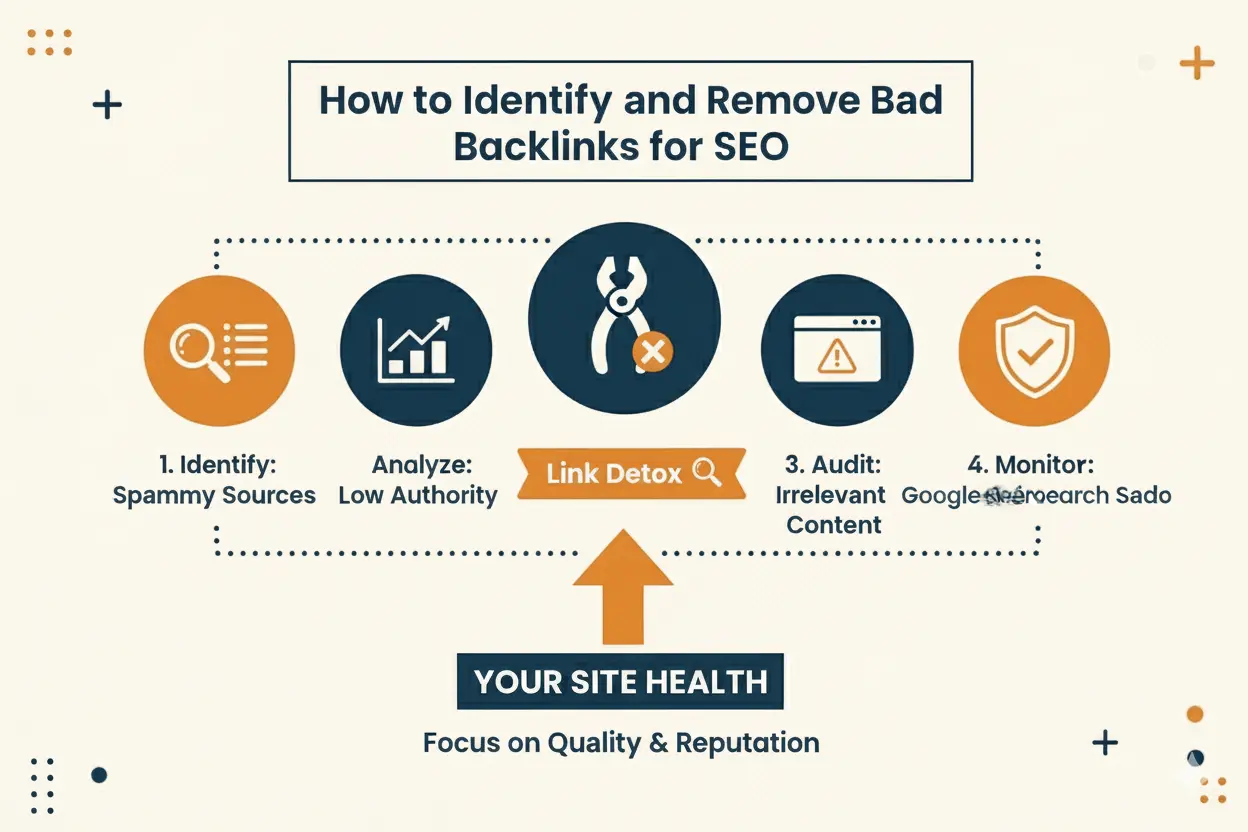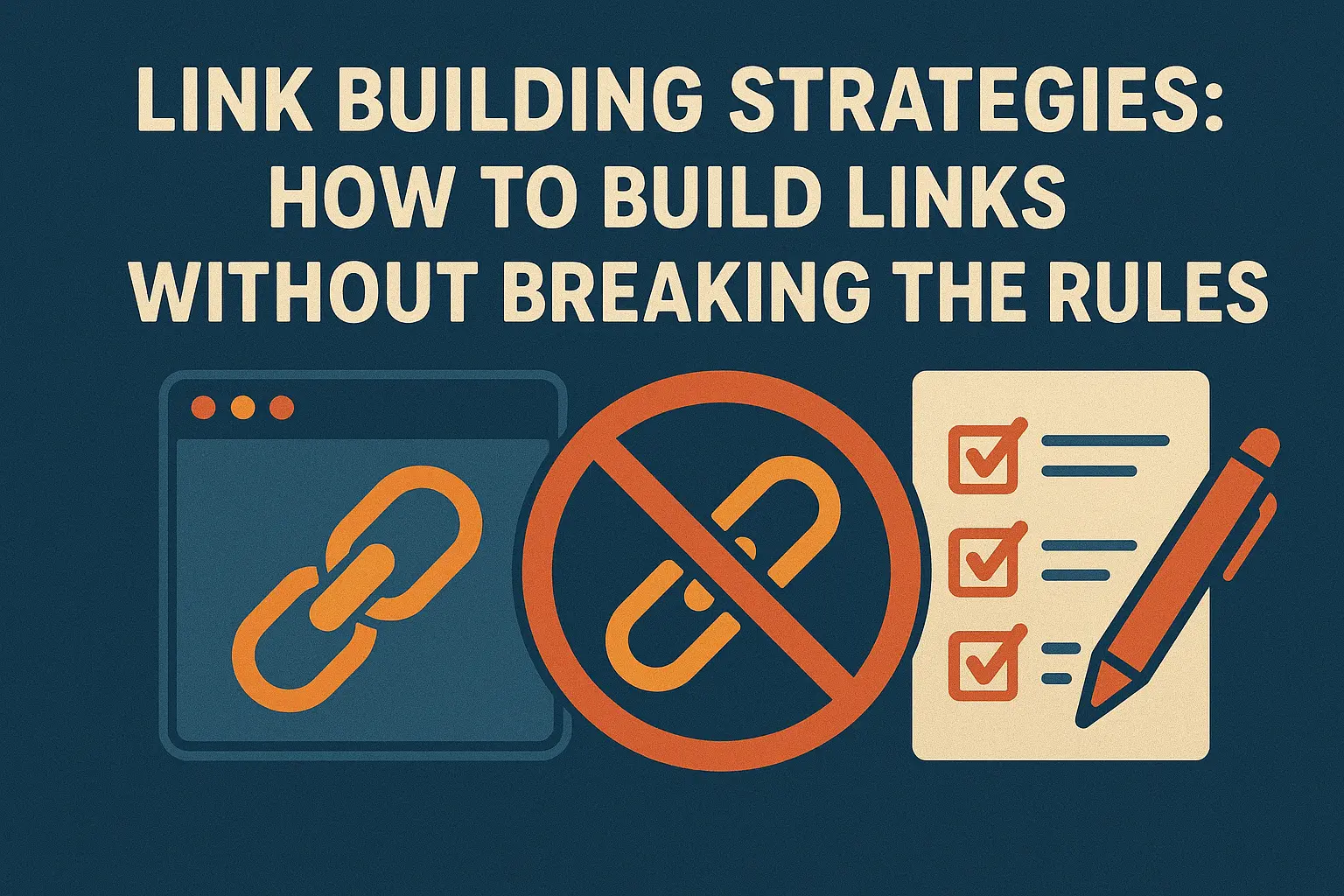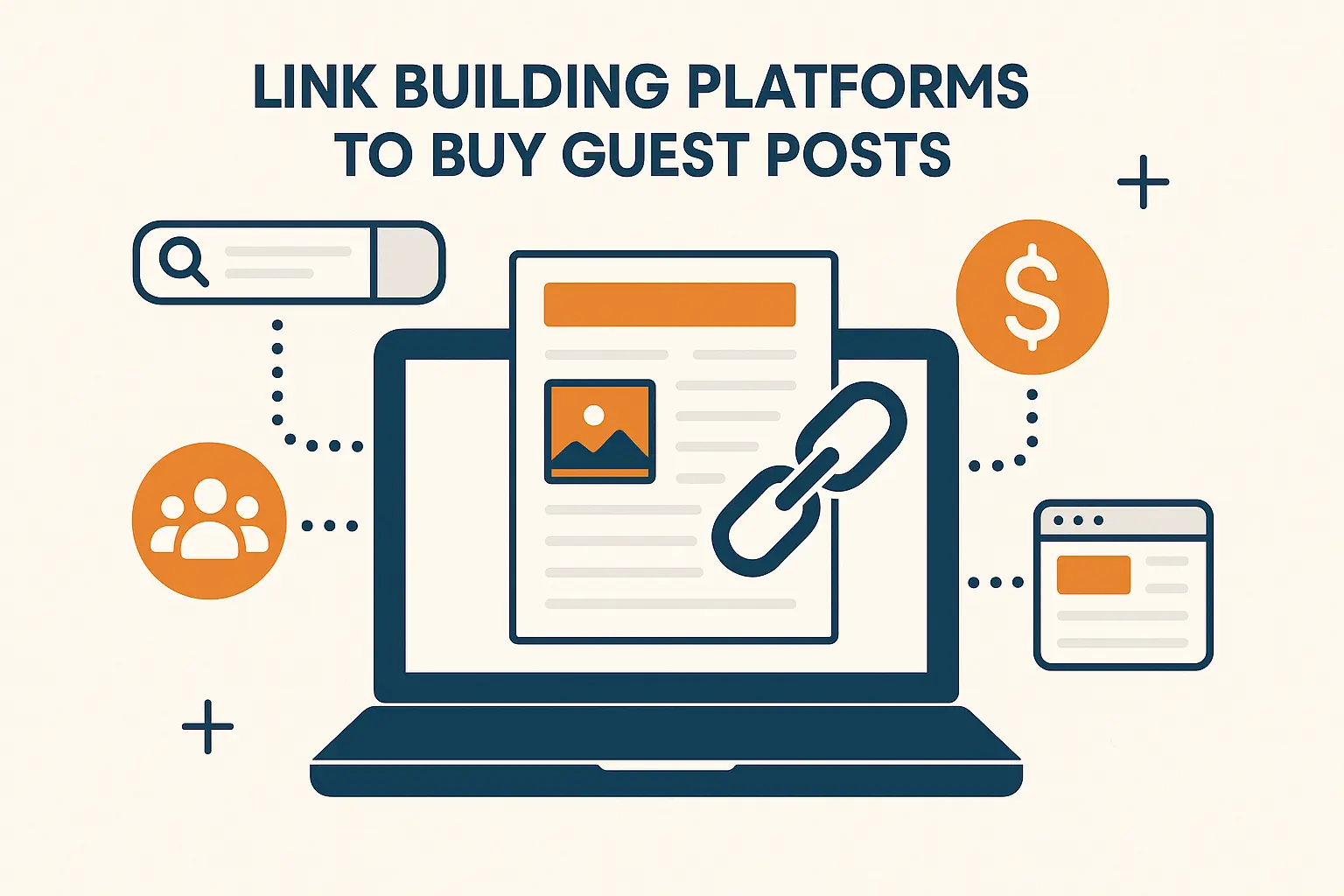How to Identify and Remove Bad Backlinks for SEO

Backlinks are a critical component of SEO, but not all backlinks are beneficial. Some links often referred to as bad or toxic backlinks can harm your search engine rankings and even trigger Google penalties. Knowing how to identify and remove bad backlinks is essential for maintaining a healthy, authoritative link profile.
What Are Bad Backlinks?
Bad backlinks are links that negatively impact your site’s SEO because they come from low-quality, spammy, or irrelevant websites. Common examples include:
- Links from link farms or private blog networks (PBNs)
- Spammy directories with little relevance
- Websites penalized by Google
- Irrelevant sites with no topical connection
- Paid links that violate Google guidelines
Bad backlinks can dilute your link profile, reduce trust signals, and in severe cases, lead to manual penalties or ranking drops.
How to Identify Bad Backlinks
1. Analyze Your Backlink Profile Using SEO Tools
Professional tools make it easier to identify toxic links:
- Ahrefs: Use the Backlink Audit and Site Explorer to filter low-quality links.
- SEMrush: Navigate to Backlink Audit → Toxic Score to find risky links.
- Moz Link Explorer: Check for low domain authority (DA) or spammy links.
- Majestic: Review Trust Flow and Citation Flow metrics to detect suspicious links.
2. Check Domain Quality
Evaluate each linking site:
- Low domain authority or trust metrics
- High spam score
- Irrelevant content or unrelated niche
- Excessive outbound links
3. Look for Link Patterns
Signs of potential bad backlinks include:
- Rapid spikes in backlinks with similar anchor text
- Multiple links from the same IP address or PBN
- Links hidden in footers or sidebars across multiple sites
4. Manual Verification
Sometimes automated tools aren’t enough. Manually visit suspicious linking sites:
- Check content relevance
- Ensure the site isn’t penalized or spammy
- Verify that your link appears naturally in the context
How to Remove Bad Backlinks
1. Contact Webmasters
Reach out to the website owner and request link removal. A polite, professional email often works:
“Hello [Webmaster],
I noticed a link to our website on your page [URL]. Could you please remove it? Thank you for your time.”
2. Use the Google Disavow Tool
If you can’t remove the link manually:
- Compile a list of bad backlinks in a plain text file.
- Go to Google Search Console → Disavow Links.
- Upload your file to disavow links, signaling Google to ignore them.
Important: Only disavow links you are certain are harmful, as unnecessary disavows can hurt your SEO.
3. Monitor Your Backlink Profile
After removal or disavowal:
- Track your rankings and organic traffic
- Keep an eye on new backlinks regularly
- Conduct quarterly audits to prevent future toxic links
Best Practices to Avoid Bad Backlinks
- Avoid buying cheap or spammy links
- Focus on natural, high-quality, and relevant backlinks
- Diversify your backlink sources
- Keep your link-building strategy ethical and aligned with Google guidelines
Final Thoughts
Identifying and removing bad backlinks is a critical task for any professional SEO strategy. Bad backlinks can harm rankings, reduce site trust, and even trigger penalties. For SEO Vizon, the key takeaway is: regular backlink audits, careful monitoring, and timely disavowal or removal are essential to maintaining a strong, healthy link profile.
By combining automated SEO tools with manual verification, you can safeguard your site and ensure your backlinks contribute positively to your SEO performance.









